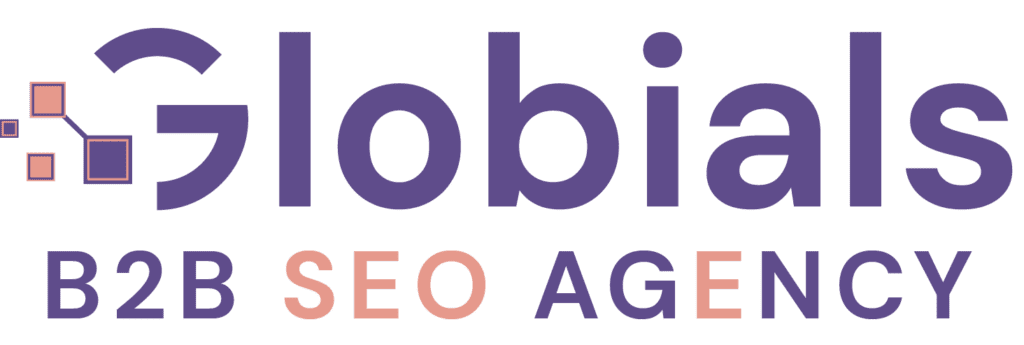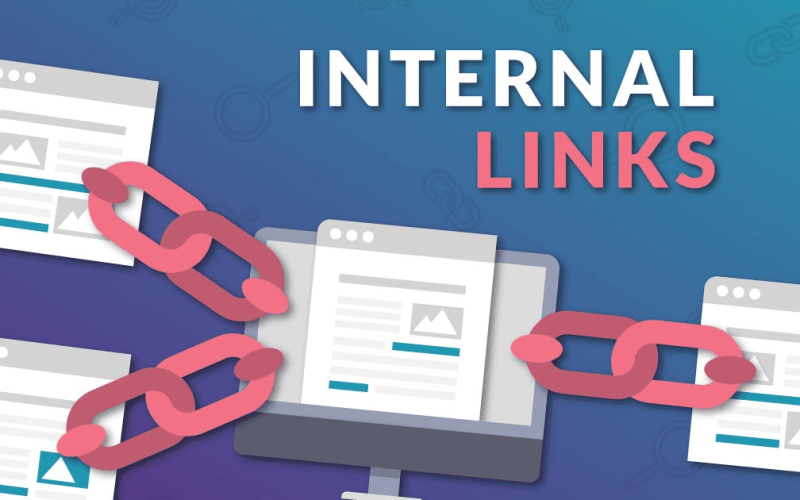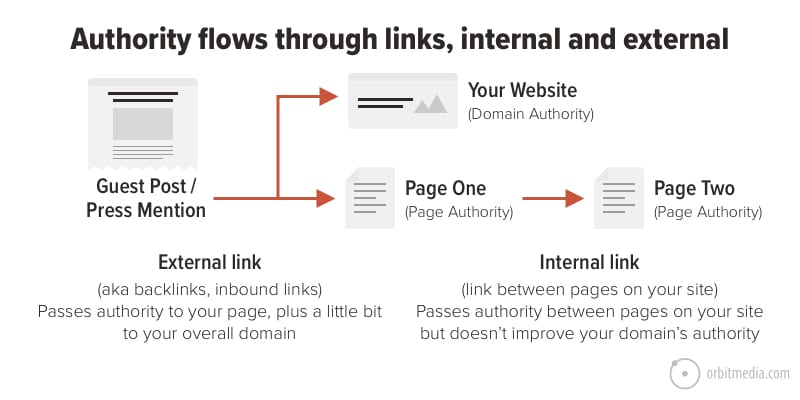Search engine optimization (SEO) has become essential for companies and website owners wishing to increase their online visibility in the digital age. Internal linking, a strategy that involves connecting pages on your website, is one of the essential elements of successful SEO. Internal linking not only aids consumers in moving through your content but also aids search engines in comprehending the structure of your website.
Through this article delves into SEO internal linking and examines how it may greatly impact your website’s visibility. Understanding the value of internal linking and properly executing it will help your website rank higher in search engine results pages (SERPs) and attract more natural traffic.
Why SEO Internal Linking Matters
The Role of Internal Links in SEO
Internal links are clickable text or image connections between web pages on the same domain. They act as routes for content discovery and indexing by search engine crawlers. By creating a network of internal links, you can guide search engines to important pages on your website and signal their relevance.
Benefits of SEO Internal Linking
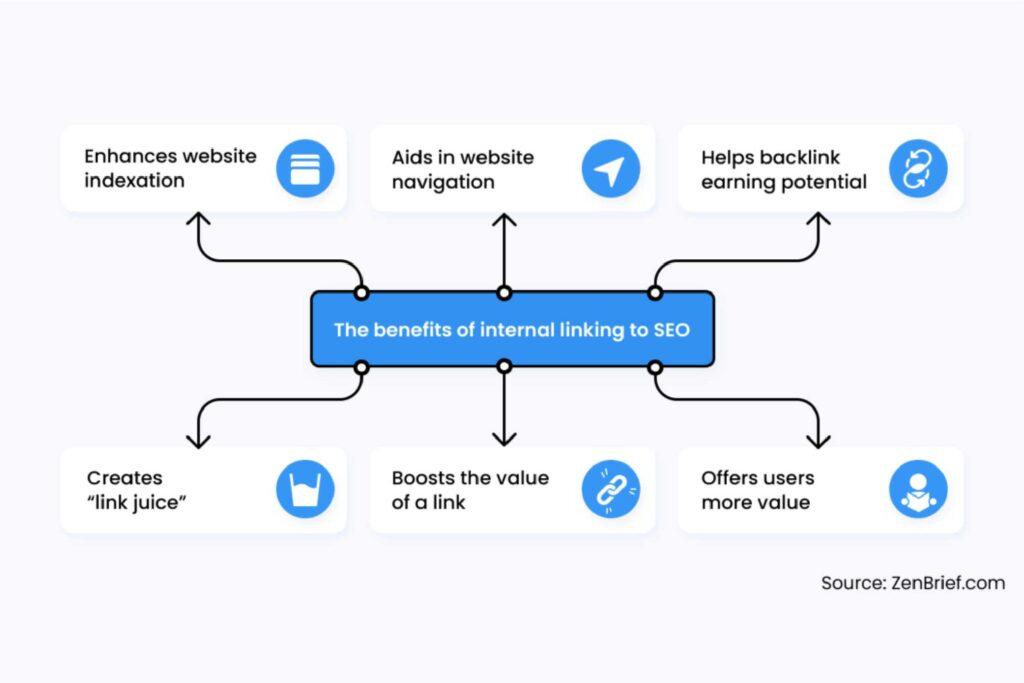
SEO Internal linking offers several benefits that can improve your website’s visibility and SEO performance. Firstly, it helps distribute link equity, or “link juice,” throughout your site. This means authoritative pages with high-quality backlinks can pass their authority to other pages, boosting their ranking potential.
Additionally, SEO internal linking improves website navigation, allowing users to easily find related content and explore different sections of your site. It enhances user experience and encourages visitors to spend more time on your website, reducing bounce rates and increasing engagement metrics.
How Internal Links Work
Understanding Link Juice
Link juice refers to the value and authority passed from one page to another through hyperlinks. When a page with high authority links to another page, it transfers some of its link juice to the linked page, signalling its importance to search engines. Internal links contribute to the flow of link juice within your website, spreading authority and improving the ranking potential of linked pages.
Anchor Text Optimization
Anchor text is the clickable text within a hyperlink. Optimizing anchor text for internal links is essential for search engines and users. It provides context and relevance to the linked page and helps search engines understand the targeted topic or keyword. When creating internal links, it’s advisable to use descriptive anchor text that accurately represents the linked page’s content.
Link Placement
The placement of internal links within your content can influence their impact on SEO. Links can be made more noticeable and important by being positioned prominently at the top of the page or within the main body of your text. Maintaining a natural flow is crucial, as is avoiding cluttering your material with too many links, which search engines may interpret as spam.
Best Practices for SEO Internal Linking
Establishing a Logical Site Structure
A well-organized site structure is crucial for effective SEO internal linking. It makes your pages easier for search engines to crawl and index, which improves their visibility in search results. The homepage should be at the top of your website’s structure hierarchy, followed by key category pages, subcategories, and specific content pages. Users and search engines can navigate your site more easily because of its logical layout.
Utilizing Keyword Relevance
When creating internal links, consider the relevance of the linked pages to each other and to specific keywords or topics. Linking related content together helps search engines understand the thematic connections within your website. By using targeted keywords in your anchor text and linking to relevant pages, you can strengthen the topical authority of your site and improve its chances of ranking higher in search results.
Using Descriptive Anchor Text
As mentioned, descriptive anchor text provides context to search engines and users. Instead of using general phrases like “click here” or “learn more,” use precise words or expressions that precisely describe the information on the linked page. Clearly defining the link’s destination enhances the user experience while assisting search engines in determining the page’s relevance.
Avoiding Excessive Linking
While SEO internal linking is important, it’s crucial to avoid excessive linking that may dilute the value of each link. Focus on linking to pages that provide additional value and enhance the user’s journey through your website. Too many internal links on a single page can confuse users and make your content appear spammy. Maintain a balance and only include links that are truly relevant and helpful to the reader.
Tools for Effective SEO Internal Linking
Site Audit Tools
Site audit tools like SEMrush and Moz can help you analyze your website’s internal linking structure. These tools provide insights into broken links, orphaned pages, and other issues that may negatively impact your SEO. By conducting regular site audit, you can identify and fix internal linking problems, ensuring that search engines can crawl and index your content effectively.
Internal Link Analysis Tools
Tools like Ahrefs and Majestic offer internal link analysis features that allow you to analyze the internal linking profile of your website. These tools provide information about the number of internal links pointing to each page, their anchor text distribution, and their impact on search engine rankings. Using these tools, you can identify opportunities to optimize your internal linking strategy and improve your website’s visibility.
Link Management Plugins
Content management systems (CMS) often offer plugins or modules specifically designed for managing internal links. For example, the Yoast SEO plugin for WordPress provides features that assist in optimizing internal linking, such as suggesting relevant links while creating content and monitoring link juice distribution. These plugins can streamline the internal linking process and ensure best practices are followed.
Measuring SEO Internal Linking Success
Tracking Organic Traffic
One way to measure the success of your internal linking efforts is by tracking organic traffic to your website. Use analytics tools like Google Analytics to monitor the traffic coming from search engines and how it correlates with your internal linking strategy. An increase in organic traffic indicates that search engines recognize the relevance and value of your internal links, resulting in improved visibility.
Monitoring SERP Rankings
Regularly monitor your website’s rankings in search engine results pages (SERPs) for targeted keywords. Please keep track of the pages that rank highly and examine their SEO internal linking structure. If certain pages consistently perform well, it may indicate that your SEO internal linking strategy effectively signals their importance to search engines.
Analyzing User Behavior
User behaviour metrics, such as time on page, bounce rate, and pages per session, can provide valuable insights into the impact of your internal linking strategy. A decrease in bounce rates and an increase in the number of pages visited per session suggest that users engage with your content and navigate through your site using the internal links provided. This indicates a positive user experience, which can contribute to improved SEO performance.
Advanced Techniques for SEO Internal Linking
Siloing
Siloing is a technical that involves grouping related content into distinct sections or categories within your website. By creating silos, you can establish a clear thematic structure and interlink relevant pages within each silo. This technique helps search engines understand the topical relevance of your content and can improve the ranking potential of linked pages.
Topic Clusters
Topic clusters involve creating a pillar content page as a comprehensive guide or overview of a specific topic. This pillar page is then linked to multiple related content pages that provide more detailed information on subtopics within the main topic. By interlinking these pages, you establish semantic relationships and signal the depth and breadth of your expertise on the subject to search engines.
Pagination and Canonicalization
For websites with many pages, pagination and Canonicalization can be used to optimize internal linking. Pagination involves breaking content into multiple pages, with each page linking to the next and previous pages. On the other hand, Canonicalization helps avoid duplicate content issues by specifying the preferred version of a page. By implementing these techniques correctly, you can ensure that search engines understand the organization of your content and attribute the appropriate value to each page.
Common SEO Internal Linking Mistakes to Avoid
Broken Links
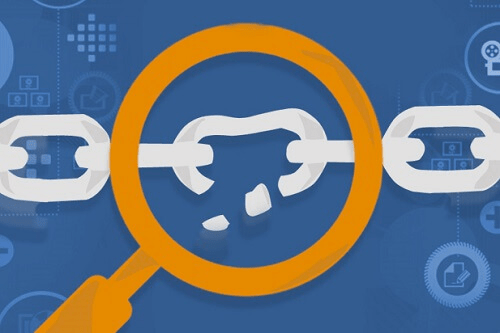
Broken links can negatively impact both user experience and SEO. When internal links lead to pages that no longer exist or return error messages, it creates a frustrating experience for users and reduces the credibility of your website. Regularly check and fix broken links promptly to maintain a seamless internal linking structure.
Orphaned Pages
Orphaned pages are not internally linked to any other page within your website. These pages are difficult for search engines to discover and may need more attention and authority to rank well. Ensure that all pages on your website are linked to other relevant pages, helping search engines find and index them effectively.
Over-Optimization
While internal linking is important for SEO, over-optimizing your internal links can have negative consequences. Stuffing the anchor text with excessive keywords or creating too many internal links on a single page can be seen as manipulative by search engines and may result in penalties. Maintain a natural and user-focused approach to SEO internal linking, prioritizing relevance and providing value to your audience.
Conclusion
Effective SEO internal linking is a crucial aspect of SEO that can significantly boost your website’s visibility in search results. By implementing best practices for SEO internal linking, such as establishing a logical site structure, utilizing keyword relevance, and using descriptive anchor text, you can enhance the user experience, improve search engine crawling and indexing, and ultimately drive more organic traffic to your website.
Incorporating advanced techniques like siloing, topic clusters, and pagination, along with avoiding common mistakes such as broken links and over-optimization, can further optimize your internal linking strategy. Regularly measure the success of your SEO internal linking efforts by tracking organic traffic, monitoring SERP rankings, and analyzing user behaviour to make data-driven improvements.
SEO Internal linking is a continuous process that requires monitoring, analysis, and refinement. By consistently implementing effective SEO internal linking practices, you can strengthen your website’s SEO foundation and pave the way for long-term success in improving your online visibility.
